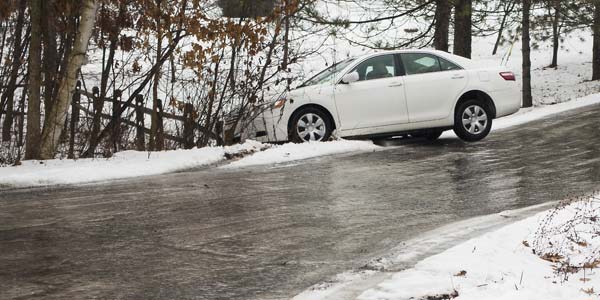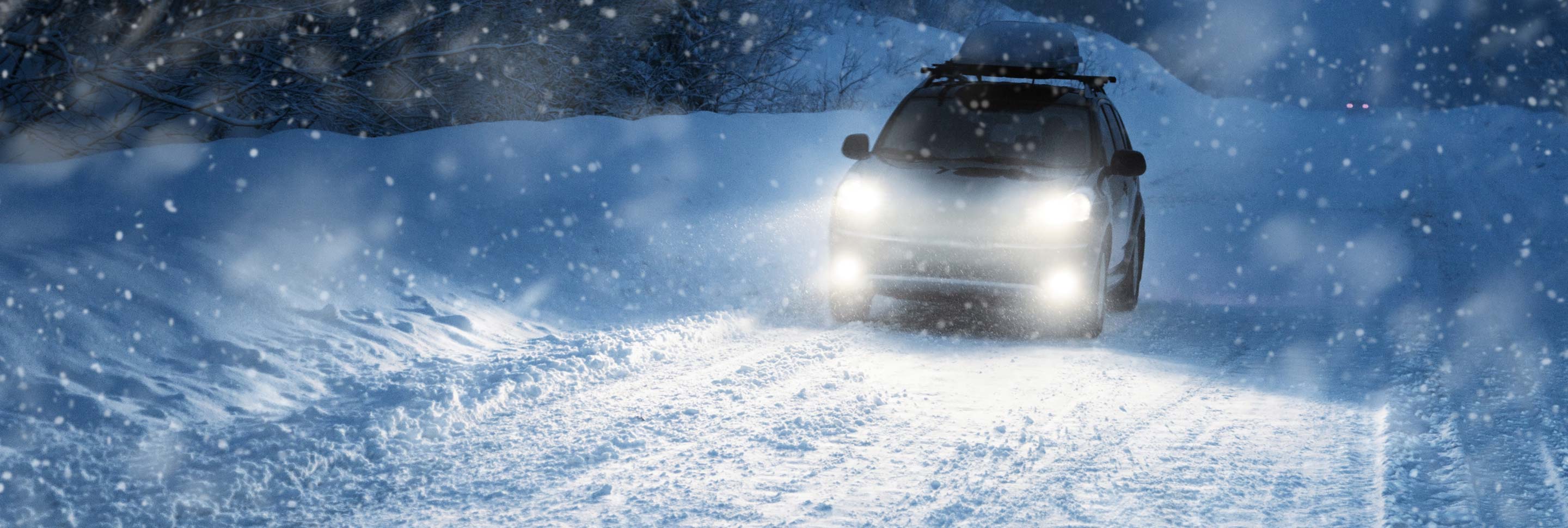Winter Driving Tips: How to Drive in All Conditions
Living anywhere in the Western U.S. means you’ll eventually drive in the rain, snow, ice, or fog. Sometimes all on the same day.
If you’re driving at just 35 miles per hour on dry pavement and hit the brakes, you won’t stop right away. That’s obvious. But did you know it will take up to 97 feet to come to a complete stop? Rain, ice, and snow require even more distance. This winter, give the guy in front of you plenty of room.
Here are a few more of our favorite tips and resources that can help you navigate anything winter might throw your way.
- Hydroplaning can happen on slick roads. The heavier the rainfall, the more likely your vehicle is to leave the pavement and ride on top of the water – even if it’s just for a moment. This guide will show you what to do if it ever happens to you.
- Stay safe while driving on ice. These how-to icy driving tips will help keep you and your car on the road.
- Become a snow driving expert. This guide will teach you stopping distance, how to drive downhill, and where the road is most dangerous.
- Recover from a skid. Learn how to pull out of a skid, especially when you don’t want to be drifting around a hairpin curve on an icy mountain road.
- Drive safely in the fog. Check out these fog-related tips for those times when the thick stuff makes driving difficult.
- Download a winter driving guide. This one from Car and Driver has plenty of advice, including the difference between traction control and stability control. Hint: stability control is better for winter driving.
Want to know more? Learn about snow tires here.
SHOP WINTER TIRES
What you need to know

Winter Driving Tips: How to Drive in Snow
When you’re driving on snow or you’re caught in a storm, remember the following winter driving tips for safer vehicle handling.

How to Drive Safely on Ice: Top Tips for Keeping Your Car on the Road
It’s best not to drive at all when roads are icy. But here’s what to know to get where you’re going safely if roads turn icy.
![Do These 10 Things to Stay Safe on Winter Roads [Infographic]](https://www.lesschwab.com/on/demandware.static/-/Library-Sites-LesSchwabLibrary/default/dw36744f4c/images/learningCenter/article/tile/TileArticleStaySafeWinterRoads_600-300.jpg)
Do These 10 Things to Stay Safe on Winter Roads [Infographic]
Winter driving can be hazardous. Follow these tips to get where you’re going safely. First up: Leave earlier than you would in the warm weather.

